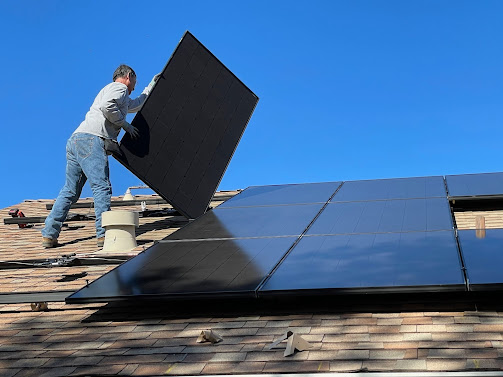When your outdoor space lacks trees and shade, the simplest and most affordable solution is buying patio umbrellas. Unfortunately, purchasing an umbrella for your patio isn’t that easy if you don’t know the specific details that would best suit your backyard. Here are a few things that you should keep in mind when choosing the umbrella for your situation and lifestyle.
1. Position
In choosing your desired umbrella for your backyard, you should consider where it would be placed to ensure that its purpose of shading could be served.
The location of the patio umbrella is important. There are two categories of the location of the umbrella: through table and free standing. Free standing umbrellas are used in large outdoor areas. It could shade different kinds of patio furniture of any size and shape depending on your preference. A through-table umbrella is basically placed in the centre of the patio table and is commonly used as focal point of the outdoor area.
2. Umbrella Stands
This is the support of your patio umbrella. The stand or base would depend on how you intend to use it. In choosing the standard base of outdoor umbrellas, you should consider a heavy-duty support that could survive any weather. Free standing umbrellas require heavier bases than through-table umbrellas.
3. Size
The size of umbrellas would be determined by measuring its diameter. In choosing the exact size of patio umbrella, make sure to measure the table, chairs, or space to be shaded. The basic rule in calculating the diameter is that the umbrella should always be at least 4 to 5 feet larger than the intended area to be covered.
4. Umbrella Frames
There are two kinds of frames available to choose from - metal and wood umbrella frames. Selecting the frame would depend on how you intend to use the umbrella and which would match the theme of you patio. Metal umbrellas use push-button tilts or a crank lift. This lets the umbrella to be angled in any direction. Most metal umbrellas could be purchased with coloured furnishes like black, champagne, or white. A wooden umbrella is usually opened manually by using a pulley method and could not be rotated. Hardwood and teak is the most common wooden umbrellas in stores.
5. Tilt Methods
There are three methods in tilting the umbrella - collar tilt, crank tilt and push-button. The collar tilt method is the most common and user-friendly. The umbrella tilts when you rotate the collar located on the frame.
6. Materials
The main purpose of your patio umbrella is to block the dangerous rays of the sun. This purpose would succeed depending on the materials of your canopy. The most common materials used are PVC, canvas and shade cloth. A PVC canopy could block 100% UV light and could survive bad weather. Canvas canopies are durable fabric that blocks out the sun effectively. It is not water resistant when purchased but it could be treated for your canopy to be waterproof. Shade cloth blocks 90-95% UV rays. It could resist small amounts of rain, but is not entirely waterproof.
7. Kinds
- Centre pole
The centre pole is the most common type of patio umbrella. It is supported by a central pole. The ribs of the umbrella spread out from its pole. It is advisable to place a centre pole umbrella into a solid and heavy base.
- Crank and Tilt
The crank and tilt design is much similar to the centre pole, but it is known to have a crank device between the pole and canopy which allows you to rotate the angle of the shade umbrella. This kind of umbrella is best for large outdoor areas because it enable you to block out the sun in any direction.
- Cantilever
The Cantilever umbrella hangs to the side of its frame. Its curved arm supports only one end. This kind of shade umbrella is suitable for large areas with dining sets underneath the umbrella or swimming pools beside the patio furniture because it could be rotated 360 degrees. Its shade could be positioned wherever it is needed.
- Pavilion
A pavilion is a square-shaded structure that is supported at its every corner. This kind of umbrella is used for a large outdoor space that could shade the entire family. Most pavilions are used in beaches or parks as temporary dining and entertaining area.
















